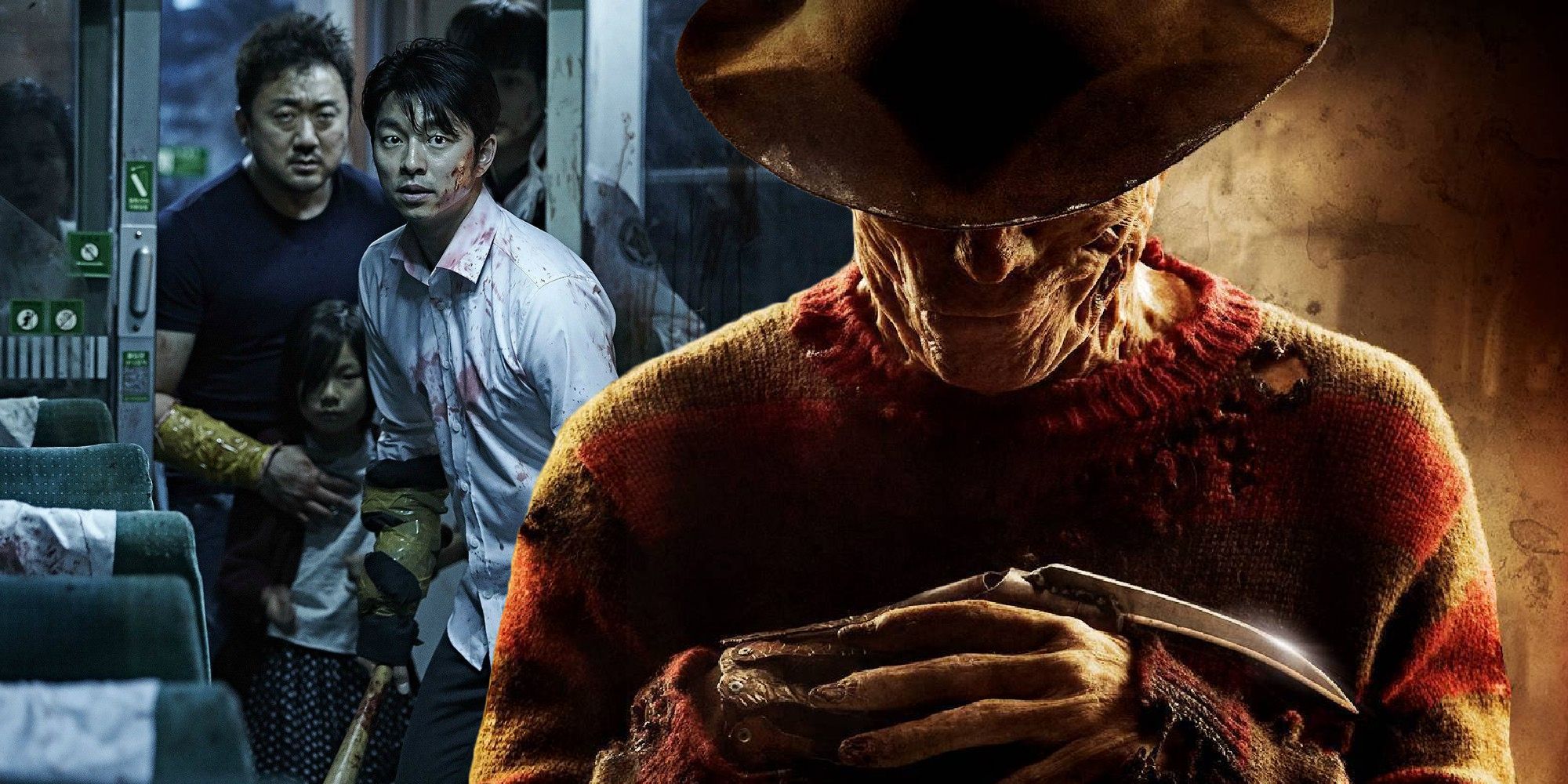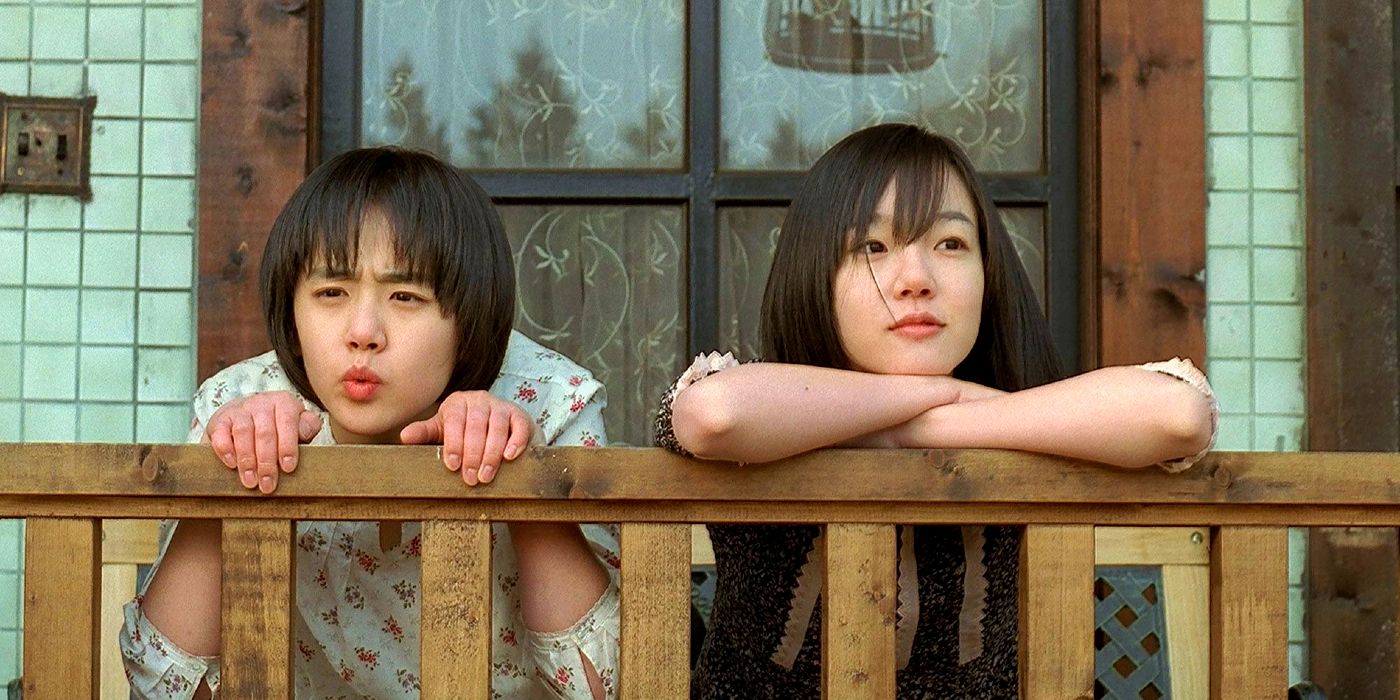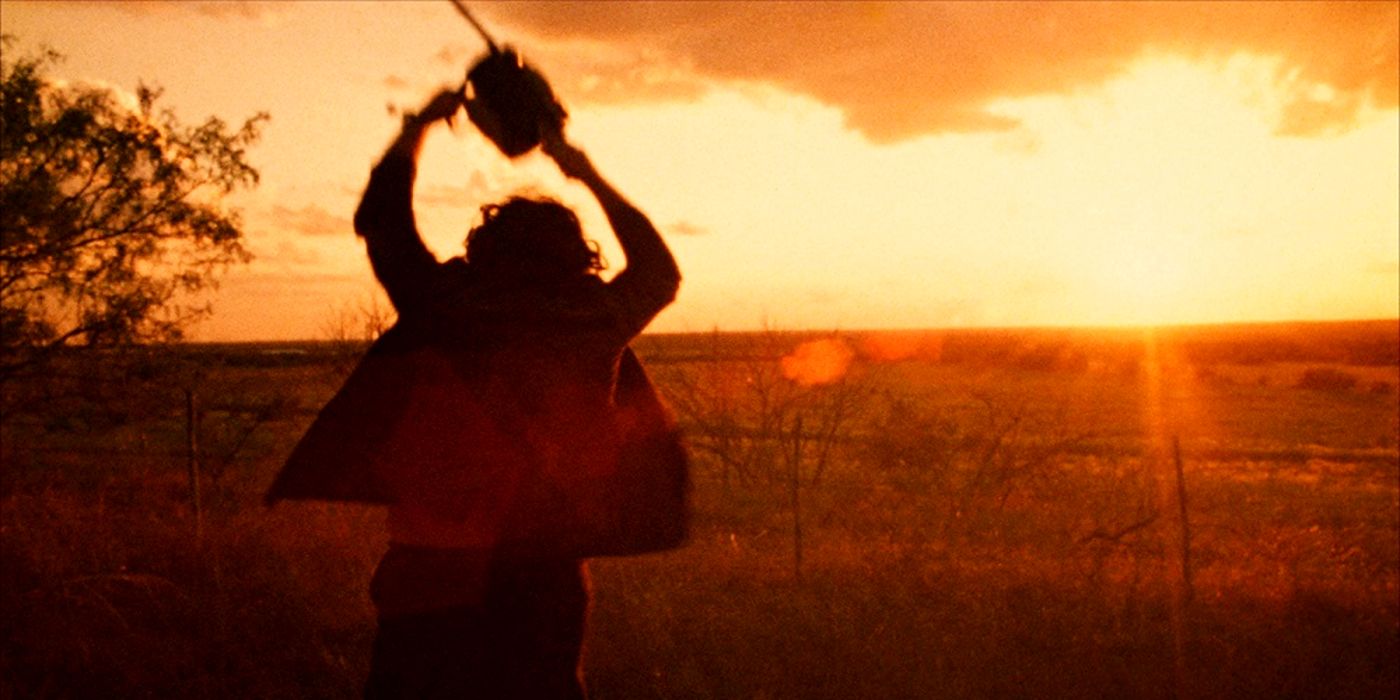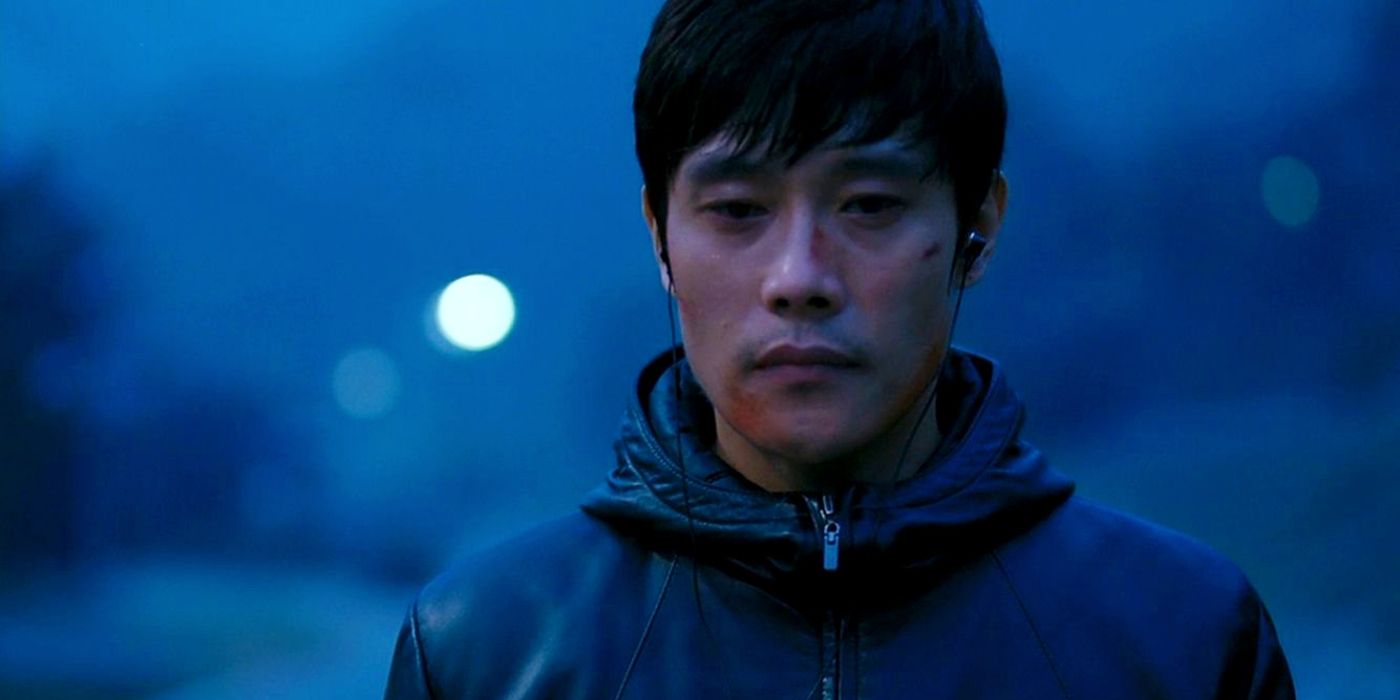Korean horror movies have received widespread acclaim with American audiences in recent history, partially because they managed to provide not only a different narrative than popular U.S. releases, but also employ strategies that feel fresher in comparison. The horror genre has thrived in many countries and cultures, each offering their own take on fear and honing in on the threats of their individual social, political, and economic climate in order to create well-rounded and relatable panic.
While Korean horror movies have been notably applauded by critics for the past couple of decades, mainstream American audiences seem to have only recently begun seeking out the country's movies en masse, following the wide success of Bong Joon-ho's Parasite. Though film buffs, specifically horror fans, have had South Korea on their radar for quite some time, many viewers are just now experiencing the nuanced complexity with which the country handles its horror elements.
Directors such as Park Chan-wook, Bong Joon-ho, and Kim Jee-woon create cinematically stunning portraits of pain that dwell as much on emotion as they do horror. Giving their audience more credit than American horror directors seem to, the auteurs of South Korean horror do not feel the need to over-explain or over-show, and often steer clear of unnecessary jump scares and excessive gore. The focus on subtle and realistic horror—even when the premise isn't as realistic—is also of paramount import in Korean horror offerings. It poses a stark difference and executes a "less is more" attitude that American horror movies can't seem to grasp, despite the alternative approach not being as effective as it used to be.
Why Korean Horror Movies Aren't As Bloody & Gory
South Korean horror movies dive deeper into the human psyche, examining specific stories and developing characters with a density that derives from focusing on a small set of protagonists. Opting to hone in on them as opposed to broadening the cast in order to up the body count, Korean horror does not overload audiences with death just for the sake of it. There is intent and careful purpose behind scenes of violence. Audiences are often shown the set-up and results more than the violence itself. For example, in Na Hong-jin's The Wailing, horrifying murders are committed and—while there are scenes of bloodshed—it's usually in the aftermath. The violence is part of the investigation and, in turn, a part of the plot; the scenes move the story forward instead of acting like a shock inducing time-filler.
Rarely showing violence for the sake of violence, torturous scenes exists solely to illustrate danger or further the movie's plot; it's not gratuitous or excessive. While there are no shortage of dark, horrific moments, Korean horror evokes emotion rather than disgust, opting to build horror around established humans instead of introducing humans into a space of established horror. Korean horror does not introduce the same sort of disposable characters often seen in American slasher movies, and there's often an attachment felt to all characters introduced, such as in Yeon Sang-ho's heart wrenching zombie movie, Train to Busan. In South Korean horror, there's a strong emotional payoff for viewers who crave some depth with their violence and prefer narratives that walk a thin line between sadness and scares.
American Horror Movies Put Violence At The Forefront
In blockbuster American horror movies, violence is used in excess, specifically violence against women, in moments where it seems gender is a determining factor to the extent of pain and torture shown. Many American horror movies depict gruesome, over- the-top violence without exploring the pathology behind it. Birthed from two-dimensional backgrounds, American horror villains tend to have a traumatic origin story showcasing illness, abuse, or resentment of society; this demonstrates reason more than a true motive. Some American horror movies have even been labeled "torture porn" — Eli Roth's 2005 movie, Hostel, was the first to earn the negative title, coined by film critic David Edelstein. These movies set violence up as their narrative and position human victims around it. Classic horror movies like Friday the 13th, The Texas Chainsaw Massacre, and, more recently, the Saw franchise, place disposable humans into the path of horror, establishing violence and inserting people into it. Korean horror does the opposite by establishing very real protagonists, then upping the stakes of violence when it eventually occurs later on.
In many American horror narratives, violence is coming — it's a guarantee, and that's why audiences are watching. Korean horror moviegoers dread the violence because it will interrupt what they have already become attached to. Within the first five minutes of Kim Jee-woon's I Saw The Devil, empathy is established; by the time a character is in danger, audiences are already rooting for her survival. This is a feeling typically reserved for only one character in the classic American horror movie. Many American horror movies use the "final girl" trope to dictate who will survive and who the audience should root for; the violence and torture that befalls those around this character are necessary collateral for her survival. American horror character tropes set up specific, disposable archetypes that audiences are used to seeing die first, so much so that they become numb to the violence.
Korean Horror Movies Focus On A More Subtle & Real Horror
In many South Korean horror movies in particular, there are underlying tones of sadness, tragedy, regret, and despair. Even in the most violent of narratives, human emotion seems to prevail, and though audiences may squirm, for example, at the vicious attacks Kim Soo-hyun and Jang Kyung-chul throw at one another in I Saw The Devil, it is still the sadness of the story that seeps through in the end. Though entirely violent in their own way, films like I Saw The Devil and Bong Joon-ho's The Host put an emphasis on heart and human relationships, a sentiment that is then interrupted by a destructive, inhuman presence.
In South Korean cinema, the horror itself stems from humanity. Its roots are studied and examined throughout the narrative and, even in a creature feature such as The Host, it's made clear from the beginning that pollution and human corruption are to blame for the monster's rise and its dramatic demise. Even in the movie's surprisingly funny moments, Bong Joon-ho jumps from genre to genre seamlessly, portraying a more realistic tone and establishing a sense of humanity even within the most inhumane of situations. With violence and horror comes an emotional awakening or bonding within families. After establishing emotional depth, a movie can go from horror to drama, evoking a true sense of regret when a character is lost or harmed. Time and time again, Korean horror movies prove themselves as their own unique and compelling sub-genre that puts humanity before gore, focusing on reactions to evil as opposed to the evil itself.




